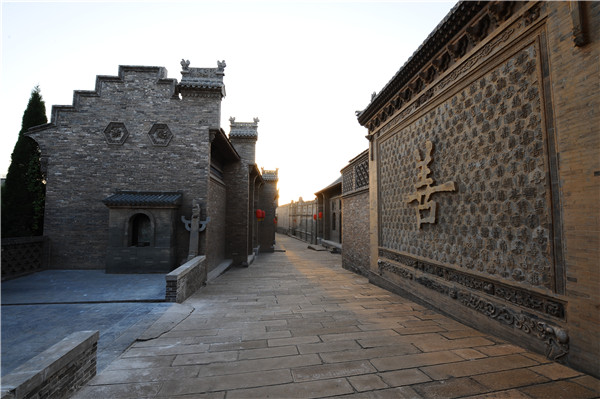An edifice of charity
They required porridge to be thick enough that a chopstick could stand vertically in the bowl.
The Lis had a rule that all beggars, refugees and poor people they met must be treated politely and given whatever necessities they need.
They also treated people they hired well.
Part of the reason their home-which blends styles from northern and southern China-is so well constructed is that they paid builders higher-than-average wages. They also doubled the amount of time they gave the workers to build compared with the normal pace.
Builders are said to have staged competitions using their construction talents to repay the family's kindness.
Despite amassing great wealth and giving lavishly, the Lis are said to have themselves lived frugally. Patriarch Li Jingxiu was buried with only three rolls of handmade cloth when he died in 1918.
The last family head of the 15th generation, Li Daoxing, married a Scottish woman when he studied textiles in college in Glasgow in the early 1910s.
The couple returned to Yanjing, where he built for her Shanxi's only Gothic-Chinese courtyard. They raised six children, including an orphaned girl Li found on the street.
Li Daoxing promoted mechanization and shareholding reform of the family business. Locals believe their legacy would have continued if not for the Japanese invasion.
The Japanese army occupied the courtyard from 1938 to 1945. It was then used as a school until 2008.
Villagers say that the family's charitable spirit survived in the community, even after they left.
Wanrong resident Zhang Gangren, who researches the Li family, believes the family's giving throughout the vicissitudes was wise, since it engendered popular support, social stability and family discipline.
"They killed three birds with one stone," Zhang says.
Contact the writer at sunruisheng@chinadaily.com.cn










